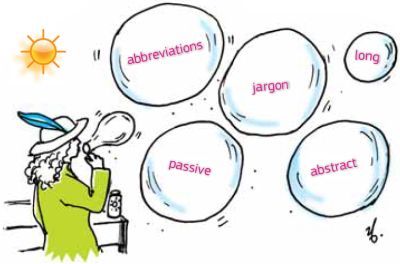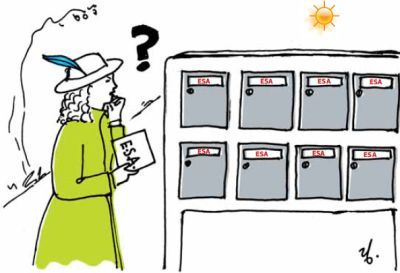
Clear writing starts with and depends on clear thinking. Ask yourself: Who will be reading the document?

Be direct and interesting. Always consider the peopleyou’re really writing for: not just your boss, or the reviser of your translations, but the end users. Like you, they’re in a hurry. Who are they, what do they already know, and what might you need to explain?
If your outline includes a summary, begin with that: you may find it is enough! Put it at the beginning because that is the first (and sometimes the only) part that people will read.

The value of a document does not increase the longer it gets. Your readers will not respect you more because you have written 20 pages instead of 10, especially when they realise that you could have written what you wanted to say in 10. They may well resent you for taking more of their time than necessary.
You may have to write (or improve) a text containing a mass of facts and ideas. Here are some ways of untangling the information so that readers will understand each sentence straight away.

One simple way to write more clearly is to change ...

Concrete messages are clear — abstract language can be vague and off-putting. Too much abstract language might even lead your reader to think either that you don’t know what you are writing about or that your motives for writing are suspect.
Another easy step to clear writing is to use verbs in the active voice (‘the car hit a tree’) rather than the passive (‘a tree was hit.by the car’). Compare these:

False friends (or faux amis) are pairs of words in two languages that look similar, but differ in meaning.
© European Union




